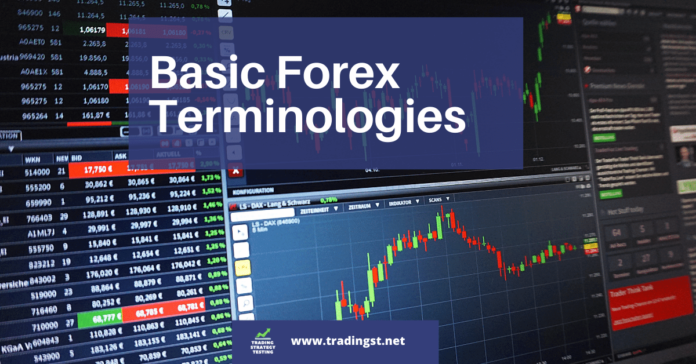Basic Forex Terminologies
In this section, we are going to look at three crucial terms that you need to become highly familiar with when trading in FOREX.
Price in Points
Price in points, or pips, are essentially the points that you expect to win, or lose, every time you enter a trade. In the previous chapter, we mentioned the function of pips and how you can use them to visualize the amount of money you can make per trade.
In general, pips represent pennies, or fractions of pennies, that you expect to earn on each deal. As such, pips are dependent on the cross rate between two currencies. If the cross rate isn’t very large, then a single pip represents a greater degree of value than in a cross rate, which is rather extensive.
By the same token, pips are the standard measure that is used to determine the entry and exit points, as well as the various stop-loss levels in which you can set your trades. As a result, it’s important to note that you need to keep the pip calculation in mind all the time.
The great thing about using a trading platform is that the platform does the math for you. As such, all you need to do is focus on the recommended pip points per trade. For instance, there are trading strategies that recommend leaving the trade after earning 20 pips. Don’t worry if that doesn’t make total sense at this point. The main thing to keep in mind is that your trading platform can take care of this for you. If you choose, you can also do the math yourself. In such cases, it’s important to go over the data you are analyzing so that you can be sure that you have the most accurate and up-to-date information.
Lot Sizes
A lot size is the amount of currency you are going to purchase, or sell, in a given trade. The smallest lot size you can purchase in a single deal is one unit of a currency. For instance, you can purchase one US Dollar in exchange for, however, many units of the other currency you need. Additionally, there is no limit to the lot size, meaning that you could purchase millions of units of another currency. Nevertheless, this is not something that is customary as the average investor needs to be wary of their trading capital.
As for large institutional investors, they can really move the price action by purchasing massive lot sizes. These types of investors, for example, hedge funds, make massive deals in which they move millions of Dollars from one currency to the next. It’s important to note that these types of investors engage in such trading for the sake of moving their money into markets that offer a greater deal of profit.
For the average investor, a lot size is important as it will determine the overall amount of money that will be invested in a single trade. In general, the golden rule of money management says that you should invest no more than 2% of your total trading capital in a single trade. As a result, you need to make sure that you don’t exceed this parameter. Of course, you could invest your entire trading capital at once, but it just wouldn’t be in a single deal. That drives up risk too high and could leave you bankrupt should something go wrong.
Limits and Stops
One of the greatest features of modern trading is the existence of limits and stops. Old school investors needed to be cognizant of the price action in such a manner that they could pull the plug on their deals before it was too late. This required investors to be glued to the ticker during the trading day.
Nowadays, this is not necessary. With automated trading, you can set up limits and stops to keep your investments safe. This is why becoming familiar with limits and stops is a must for every FOREX investor.
In essence, limits are used to set a point at which you will sell. Once the limit point is set, a sale order is triggered. The reason for this is that once the limit is reached, it is believed that the price will go down from there. Therefore, you stand to make less profit as compared to selling at the highest point.
Also, limits are used when looking to purchase. As such, limits are triggered when the price reaches a certain point. When that point is reached, the investor enters the trade. If the price point is not triggered, then the trade does not happen. That is why limits are very useful when it comes to setting up a trade based on the expectations that you want. Stops are used to reduce the number of losses you are willing to accept. These points are also known as “stop-loss.” They are quite handy when setting up your trades. A golden rule of FOREX investing is that you must always set up stops. The reason for this is that when a trade suddenly goes bad, you have a point at which you will exit the trade. This means that you cannot expect to continue in the trade at this point. Automated trading platforms have a function that is triggered by a “double stop.” When you hit two consecutive stop-loss points, the system can be configured to automatically liquidate any open positions you may have. This type of configuration can save your portfolio from disaster.








